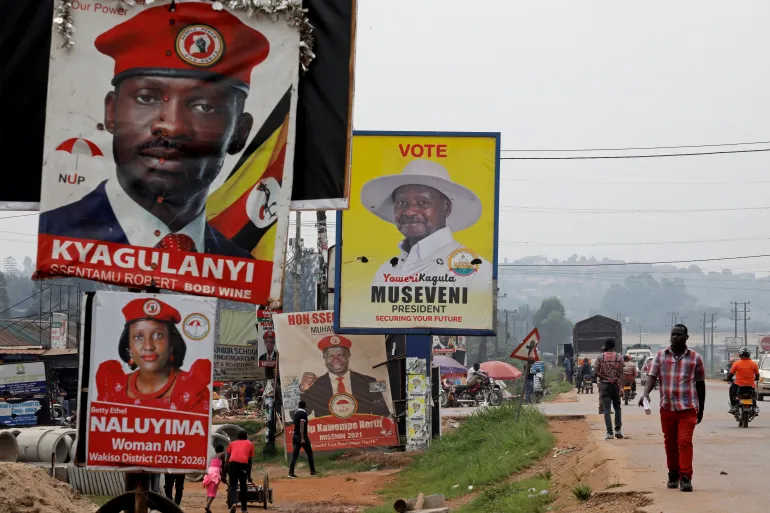Exclusive
The journey of transition of power 2026 – Ugandans get ready we need change

The process of transitioning power in a democracy typically involves the following key elements:
- Election or Appointment: The transition begins with either an election or appointment process through which a new leader or government is chosen. This could include general elections, local elections, or appointments through constitutional procedures.
- Concession or Acceptance: Once the election or appointment results are determined, the outgoing leader or government acknowledges the outcome and accepts the legitimacy of the newly elected/appointed leader or government. This step is crucial for maintaining the democratic process and ensuring a peaceful transfer of power.
- Cooperation and Information Sharing: The outgoing and incoming leaders or governments cooperate in sharing relevant information, such as government policies, programs, and critical issues, to facilitate a smooth transition. This exchange of information allows the incoming administration to familiarize themselves with ongoing matters and prepare for their new role.
- Transfer of Responsibilities: The outgoing leader or government gradually transfers their responsibilities and authority to the incoming leader or government. This includes sharing knowledge, facilitating briefings, and providing access to key documents and resources necessary for effective governance.
- Institutional Support: Government institutions and agencies play a crucial role in supporting the transition of power. These institutions ensure the continuity of operations and provide necessary assistance to the incoming administration, including administrative support, legal guidance, and logistical coordination.
- Inauguration or Swearing-in: The newly elected or appointed leader officially takes office through an inauguration or swearing-in ceremony. This symbolic event marks the formal assumption of power and often includes the taking of oaths or affirmations of loyalty to the constitution and the people.
- Continuity of Government: Throughout the transition, there is an emphasis on maintaining the continuity of government functions and public services. This includes ensuring the delivery of essential services, safeguarding national security, and upholding the rule of law.
- Accountability and Oversight: A democratic transition of power includes mechanisms for accountability and oversight to ensure that the new leadership operates within the legal framework and serves the interests of the people. This may involve checks and balances, independent judiciary systems, parliamentary oversight, and free media.
The specific processes and mechanisms for transitioning power can vary depending on the democratic system and legal frameworks in place within each country. However, the underlying principles of peaceful transfer, cooperation, continuity, accountability, and respect for democratic norms are fundamental to the transition of power in any democratic society.
Continue Reading
